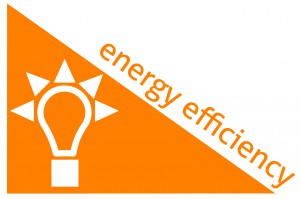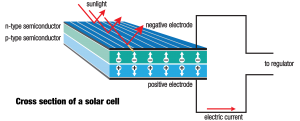
You will certainly have heard of photovoltaic panel performance. This article gives a brief explanation of what it is and how it is calculated, so that everyone can understand what a photovoltaic system is, not just those in the business.
In order to have standardised reference values for all manufacturers, the power of photovoltaic panels is calculated under Standard Test Conditions (STC), i.e. solar irradiance of 1000W/m2, a cell temperature of 25 ⁰C, and solar spectrum = 1.5 air mass.
Without going into detail, all you need to know is that all manufacturers test their panels to identify their power under the same conditions to get clear-cut data. The performance of a panel is the amount of solar energy it is able to convert into electrical power per surface unit, and always refers to the maximum performance under the STC conditions we mentioned earlier.
It is fairly easy to calculate the performance of a photovoltaic panel once you know the peak power and dimensions (measurements include the panel frames to give the overall dimensions of the module).
The following equation is used for this calculation (we have simplified the symbols for non-experts):
Performance % = (Power / Surface / 1000) * 100
The power refers to the peak power expressed in W; the surface is the panel surface including the frame in square metres, 1000 is the solar irradiance of 1000W/m2, 100 is used to obtain the performance percentage.
Let’s take a practical example using a panel with a 230W peak, measuring 1.65×0.98 m and with a surface area, therefore, of 1.617 m2 and apply the equation:
Performance % = (230 /1.617 / 1000) * 100 = 14.22%
The peak performance of the panel is 14.22%. This means that on a day with solar irradiation of the ground of 1000W/m2 and a temperature of 25 ⁰C, our panel will convert 14.22% of solar radiation into electrical power. The dimensions and peak power are given in the panel technical specifications or on its labels.
We should specify that we are speaking only of the peak performance under Standard Test Conditions (STC) and of how to calculate it; we are not talking about the productivity of photovoltaic plants, which depends on far more complex factors.
We also need to add that if there are any problems of space, the panel performance level is of relative importance. More importantly, we have to take into account when the plants will be installed to maximise the greatest power possible over the available surface. In this case we cannot ignore the peak power per surface unit.

